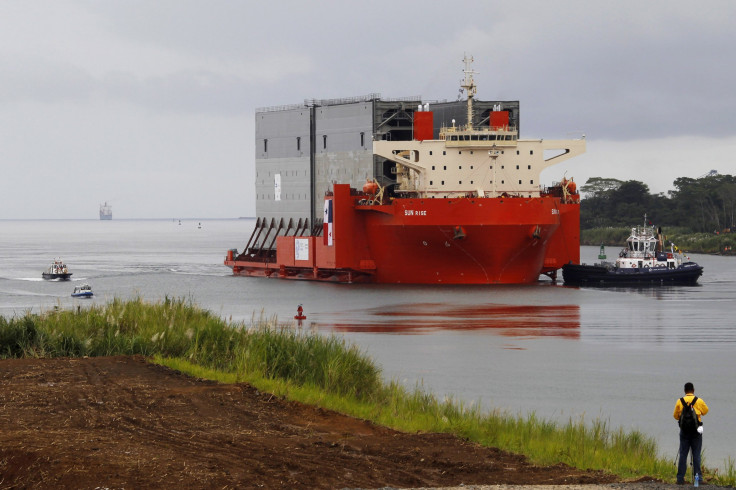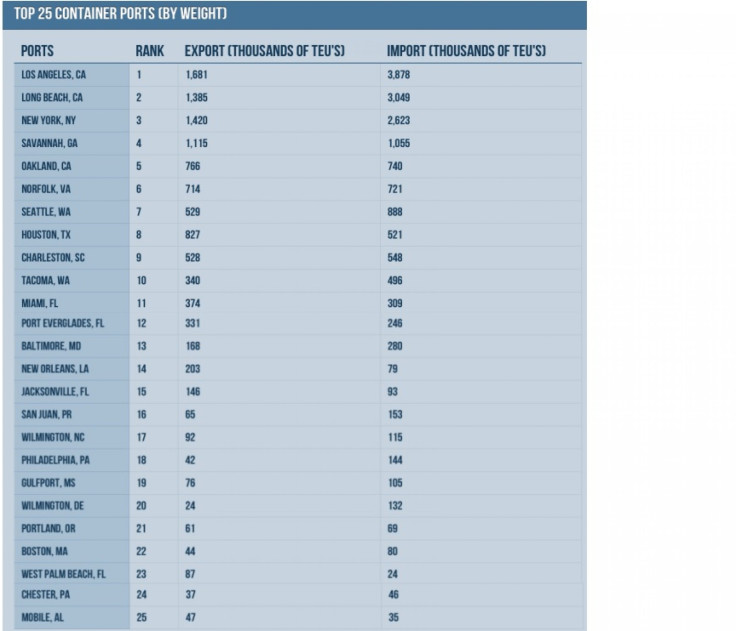US Ports Need Upgrades To Infrastructure Due To Increased Size Of Vessels, Study Finds

U.S. ports need upgrades and improvements as terminal infrastructure, connections to roads, rail and water channels have inadequately been updated, according to a recent study by the American Society of Civil Engineers.
The study, conducted once every four years, assess the nation’s overall infrastructure with a grade that can range from A to F. Port infrastructure is a new category that was assessed in the “2013 Report Card for America’s Infrastructure,” which gave ports a grade of C.
The engineers grade eight major categories: capacity, condition, funding, future need, operation, maintenance, public safety, resilience and innovation. This year’s grade average of all eight categories is a modest improvement, but hardly one to cheer about — it’s a D+ compared to a D in 2009. The nation’s infrastructure GPA has averaged in the D range since 1998 for delayed maintenance and underinvestment across most categories.
“While the modest progress is encouraging, it is clear that we have a significant backlog of overdue maintenance across our infrastructure systems, a pressing need for modernization, and an immense opportunity to create reliable, long-term funding sources to avoid wiping out our recent gains,” the report states.
The U.S. Army Corps of Engineers estimates that more than 95 percent (by volume) of overseas trade produced or consumed by the United States moves through U.S. ports.

“To sustain and serve a growing economy and compete internationally, our nation’s ports need to be maintained, modernized and expanded,” the report stated.
While the number of vessel calls has decreased by 7 percent in the past five years, the average size of vessels calling at U.S ports increased by 9 percent. The size of vessels that will be calling at U.S. ports will only increase, especially with the expansion of the Panama Canal.
According to the Department of Transportation the number of port calls in the United States from larger vessels increased from about 1,700 calls in 2004 to 4,400 in 2009.

Currently, U.S. ports and their private sector terminal partners plan to spend more than $46 billion over the next five years on port terminal facilities. This equates to over $9 billion per year, of which more than one-third will be spent by the port authorities themselves. The investment will help upgrade harbors, docks, terminals, the modernization of piers, storage facilities, road improvements and security measures.
© Copyright IBTimes 2024. All rights reserved.






















